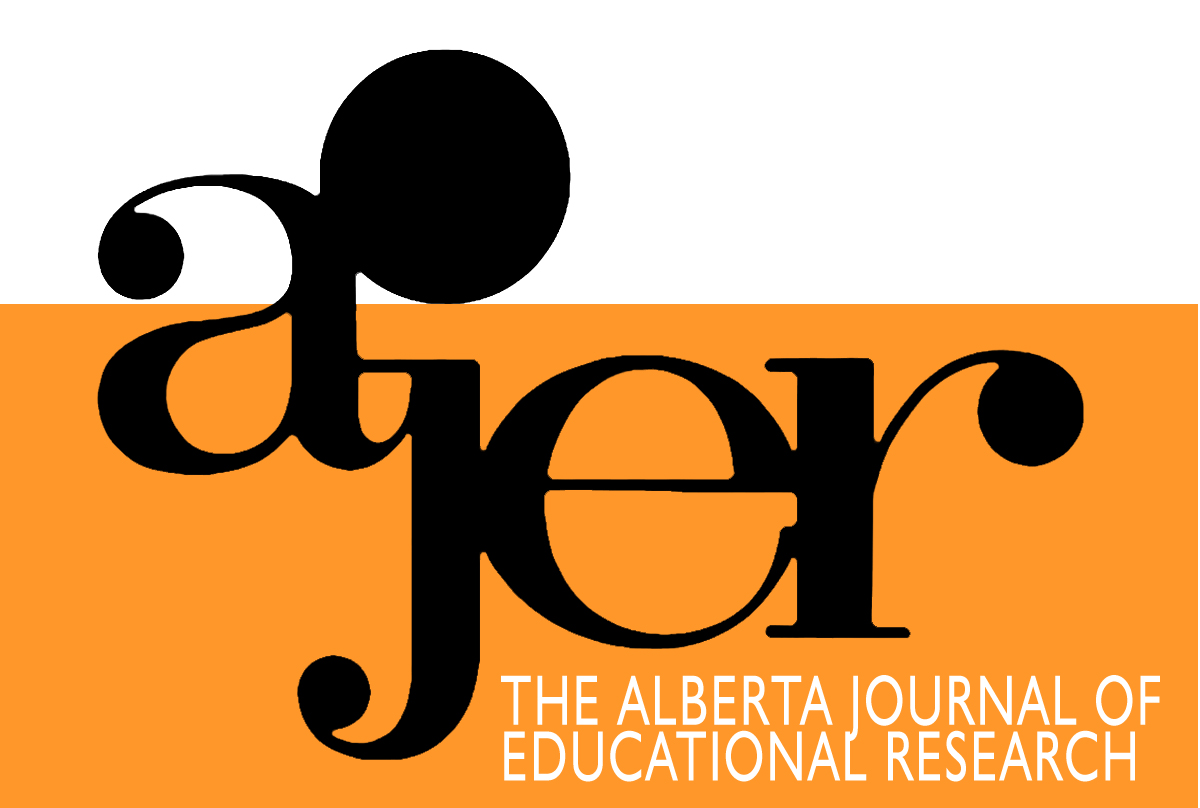Exploring the Factors that Influence Female Students’ Decision to (Not) Enrol in Elective Physical Education: A Private School Case Study
DOI:
https://doi.org/10.55016/ojs/ajer.v62i1.56124Keywords:
Physical Education, Gender, Private School, Independent School, Social-ecological, Mots clés, éducation physique, genres, école privée, école indépendante, socio-écologiqueAbstract
This article presents the results from a qualitative case study that examined the influencers upon a somewhat unique group of female students who opted out of elective physical education (PE). More specifically, this study focused upon female students attending an affluent private school, investigating why—when they transitioned from middle school to senior high school and PE became optional—they opted out of the class. Employing a research design that relied principally upon in-depth interviews, seven themes emerged from the students’ stories: perspectives on policy and PE programming, co-ed problems; friends’ influence, parental support for opting out, A+ academic achievement, free time and electives, and adequate physical activity accumulation outside of school. By considering these themes, particularly as they align with an Ecological Systems Theory, or EST (Bronfenbrenner, 1977) social-ecological framework, it is possible to more fully comprehend contributing influencers to these students’ decisions. Moreover, with this comprehension, we offer suggestions for future practice and inquiry.
Cet article présente les résultats d’une étude de cas qualitative qui a examiné les facteurs qui influencent un groupe quelque peu unique d’étudiantes qui avaient choisi de ne pas s’inscrire au cours d’éducation physique facultatif. Plus précisément, cette étude porte sur les raisons pour lesquelles les étudiantes d’une école privée pour familles aisées, lors de leur transition de l’école élémentaire vers l’école secondaire où le cours d’éducation physique est dorénavant facultatif, ont décidé de ne pas s’y inscrire. La recherche repose sur une conception qui s’appuie principalement sur les entrevues détaillées. Sept thèmes découlent des récits des étudiantes : des perspectives sur la politique et la programmation du cours d’éducation physique; des problèmes liées aux cours mixtes; l’influence des amis; l’appui parental devant le choix de ne pas s’inscrire; une rendement académique de A+; le temps libre et les cours facultatifs; et suffisamment d’activité physique à l’extérieur de l’école. L’étude de ces thèmes et notamment la mesure dans laquelle ils correspondent à la Théorie des systèmes écologiques (Brofenbrenner, 1977) aide à mieux comprendre les facteurs qui influencent les décisions de ces étudiantes. Nous appuyant sur ces conclusions, nous offrons des suggestions pour la pratique et la recherche à l’avenir.
Downloads
Downloads
Published
How to Cite
Issue
Section
License
UNIVERSITY OF ALBERTA COPYRIGHT LICENSE AND PUBLICATION AGREEMENT
If accepted, authors will be asked to sign a copyright agreement with the following points:
A. Where there is any inconsistency between this Copyright License and Publication Agreement and any other document or agreement in relation to the same subject matter, the terms of this Agreement shall govern.
B. This document sets out the rights you are granting in relation to publication of your article, book review, or research note entitled (the “Article”) through inclusion in the academic journal titled Alberta Journal of Educational Research (the “Journal”) published through the Faculty of Education, representing the Governors of the University of Alberta (the “Journal Editor”).
C. There will be no payment to you for this publication and grant of rights. In consideration of the agreement to publish the Article in the Journal:
1. You are warranting that:
- the content of the Article is your original work, and its content does not contain any material infringing the copyright of others; or, where the Article is not entirely your original work, you have obtained all necessary permissions in writing to grant the rights you are giving in this agreement;
- the content of the Article does not contain any material that is defamatory of, or violates the privacy rights of, or discloses the confidential information of, any other person;
- the Article has not been published elsewhere in whole or in part, and you will not allow publication of the Article elsewhere without the consent of the Journal Editor;
- the names of all co-authors and contributors to the Article are:
2. You agree to license the copyright in the Article to the Journal Editor, on a worldwide, perpetual, royalty free basis; and to the extent required by the terms of this agreement. You shall retain the right at all times to be acknowledged as the/an author of the Article.
3. You further agree that the Journal Editor has the entitlement to deal with the Article as the Journal Editor sees fit, and including in the following manner;
- The right to print, publish, market, communicate and distribute the Article and the Journal, in this and any subsequent editions, in all media (including electronic media), in all languages, and in all territories, ing the full term of copyright, and including any form of the Article separated from the Journal, such as in a database, abstract, offprint, translation or otherwise, and to authorize third parties to do so;
- The right to register copyright of the Journal;
- The right to edit the Article, to conform to editorial policy as the Journal Editor sees fit.
4. If any co-author or contributor to the Article does not sign this agreement, the Journal Editor reserves the right to refuse to publish the Article.



